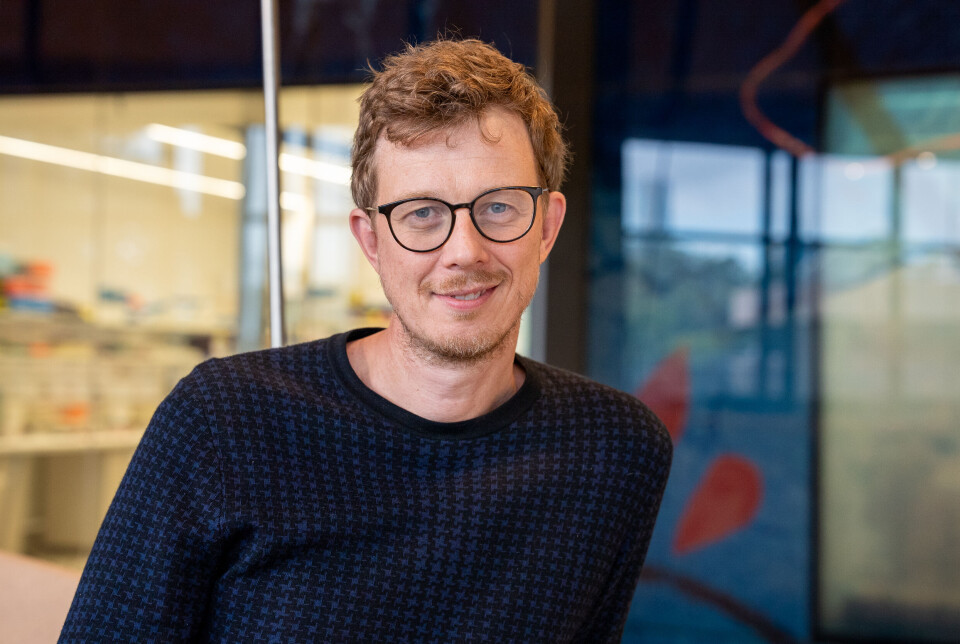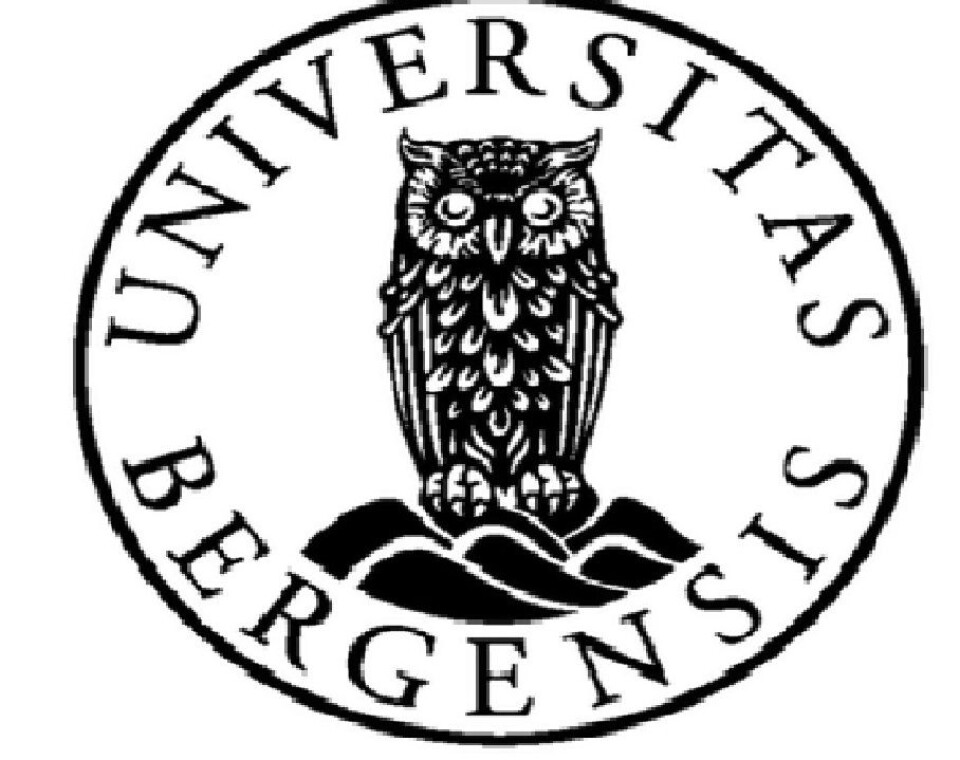THIS CONTENT IS BROUGHT TO YOU BY the University of Bergen - read more
Tiny particles unlock vinegar’s hidden healing potential
A new study reveals that adding nanoparticles to vinegar significantly enhances its antibacterial properties.

Vinegar has been used as a disinfectant for centuries, but research has shown it only works against a few bacteria and not the most dangerous ones.
Researchers have now found strong evidence of vinegar’s healing potential when mixed with tiny antimicrobial nanoparticles made from carbon and cobalt.
Antimicrobial refers to anything that kills or stops the growth of microbes, which are tiny living things like bacteria, viruses, and parasites.
A possible breakthrough
The research team found that these nanoparticles can kill several dangerous bacteria, and their activity is enhanced when added to a weak vinegar solution (0.06 per cent).
“Our study shows that when non-toxic carbon/cobalt nanoparticles are added to diluted vinegar, its antimicrobial activity is enhanced and extends to several other dangerous species,” says Nils Halberg from the University of Bergen. He is a co-author of the new study.
This includes drug-resistant bacteria such as Staphylococcus aureus, E. coli, and Enterococcus faecalis.
Targeting drug-resistant bacteria
"The acidic environment from the vinegar makes bacterial cells swell and take up the nanoparticle treatment,” says Adam Truskewycz.
He is a molecular scientist at Flinders University, and a co-author of the study.
"Once exposed, the nanoparticles appear to attack dangerous bacteria from both inside the bacterial cell and also on its surface, causing them to burst," he explains.
Truskewycz adds that this approach is not harmful to human cells and was shown to remove bacterial infections from mice wounds without affecting healing.
A potential treatment for chronic wounds
The new findings suggest that vinegar could be used alongside other treatments for chronic wounds infected by bacteria. Such wounds are a common complication for people with conditions like type 1 diabetes.
“Vinegar is cheap, non-toxic, and biodegradable," says Halberg.
He explains that vinegar has previously been tested for treating chronic wounds, but it was only effective against Pseudomonas aeruginosa and at concentrations above 2 per cent, with other bacteria surviving the treatment.
Could help in the fight against antimicrobial resistance
Antimicrobial resistance is a growing health crisis, contributing to an estimated 4.5 million deaths each year. The researchers believe their approach – combining two antibacterial methods at once – could help slow down resistance.
"Bacteria are very good at adapting to antibiotics and other antimicrobial treatments. By attacking the bacteria with two or more antibacterial treatments at the same time, the bacteria become overwhelmed and their usual adaptation strategies become less effective," Halberg explains.
He adds that the trick is finding the right combination. The research team has found one combination that works, which they hope can make a real difference in tackling this global problem.
What's next?
The researchers are now trying to find ways of delivering the right combination of different types of antibiotics.
“Our focus will continue to be on infected wounds. If we could combine our technology with improved wound healing, that would be a fantastic,” says Halberg.
Reference:
Truskewycz et al. Cobalt-Doped Carbon Quantum Dots Work Synergistically with Weak Acetic Acid to Eliminate Antimicrobial-Resistant Bacterial Infections, ACS Nano, vol. 19, 2025. DOI: 10.1021/acsnano.5c03108

This content is paid for and presented by the University of Bergen
This content is created by the University of Bergen's communication staff, who use this platform to communicate science and share results from research with the public. The University of Bergen is one of more than 80 owners of ScienceNorway.no. Read more here.
More content from the University of Bergen:
-
Researcher: Politicians fuel conflicts, but fail to quell them
-
The West influenced the Marshall Islands: "They ended up creating more inequality"
-
Banned gases reveal the age of water
-
Researchers discovered extreme hot springs under the Arctic
-
“Why doesn't it rain more?” asks researcher
-
Uncovering the hidden female influence in medieval literature




































